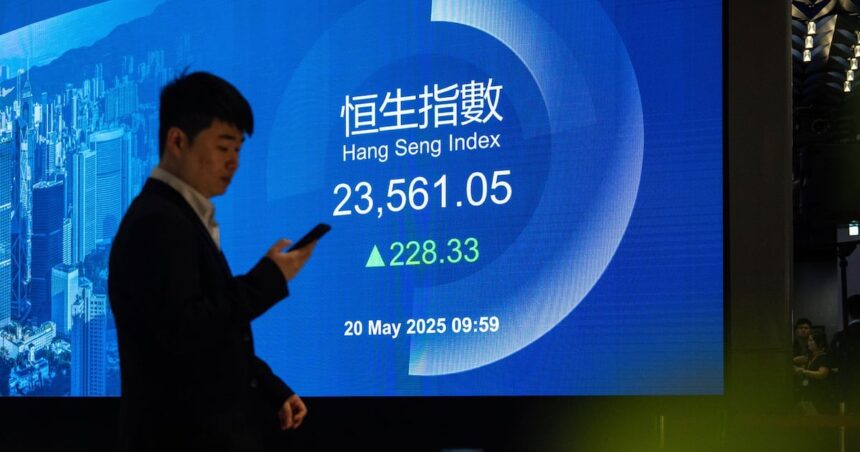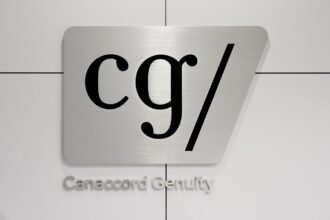Shanghai’s financial district lit up with renewed optimism as Chinese authorities delivered a pivotal interest rate cut Tuesday, sending ripples through global financial markets. The People’s Bank of China slashed its prime loan rate by 35 basis points to 3.1%, the most aggressive reduction since the pandemic era, in a decisive move to revitalize the world’s second-largest economy.
Asian markets responded immediately, with the Shanghai Composite surging 3.2% to close at 3,421.58, while Japan’s Nikkei 225 climbed 1.7% to 39,874.22. Hong Kong’s Hang Seng Index jumped an impressive 2.8%, reflecting particularly strong gains in property and technology sectors – the twin pillars many analysts believe will benefit most from Beijing’s monetary stimulus.
“This is precisely the kind of decisive action investors have been waiting for,” said Wei Zhang, chief economist at Pacific Investment Partners. “After three quarters of sluggish growth and property market challenges, Beijing is finally deploying the heavy artillery to ensure they meet their 5% annual growth target.”
European markets followed Asia’s lead, with the STOXX Europe 600 gaining 1.3% by midday trading. German industrial stocks performed particularly well, reflecting the importance of Chinese demand for European exporters. The DAX index in Frankfurt climbed 1.5%, while London’s FTSE 100 added a more modest 0.8%.
The stimulus measures come at a critical juncture for China, which reported GDP growth of just 4.2% in Q1 2025, well below government targets and the lowest quarterly figure since early 2023. Property sales, long the backbone of Chinese consumer wealth, have fallen for fifteen consecutive months, creating headwinds that threatened to derail the broader economic recovery.
Wall Street futures pointed to a strong opening, with S&P 500 futures up 0.7% and Nasdaq futures gaining 0.9% in pre-market trading. Commodities also rallied on expectations of increased Chinese demand, with copper futures climbing 2.3% and iron ore prices jumping 3.7% in Singapore trading.
The rate cut represents a significant policy shift for Beijing, which had previously favored targeted fiscal measures rather than broad monetary stimulus. However, persistent deflationary pressures – consumer prices fell 0.3% year-over-year in April – appear to have forced authorities’ hand.
“The property sector remains the key vulnerability,” noted Sarah Chen, head of China research at Global Macroeconomic Advisors. “Without stabilization there, consumer confidence can’t fully recover. This rate cut directly addresses the borrowing costs for developers and homebuyers alike.”
Currency markets reacted predictably, with the yuan weakening approximately 0.6% against the dollar following the announcement. The currency’s controlled depreciation may further boost Chinese exports, though officials from the PBOC emphasized in a statement that maintaining currency stability remains a priority.
Global investment banks have already begun revising their China outlook. Morgan Stanley upgraded its 2025 GDP forecast from 4.6% to 5.1%, while Goldman Sachs analysts suggested this might be the first in a series of cuts designed to jumpstart growth through the remainder of 2025.
For international investors, China’s policy shift comes as central banks in developed economies are just beginning their own easing cycles. The Federal Reserve is widely expected to cut rates for the second time this year at its June meeting, potentially creating favorable conditions for emerging market assets.
Will Beijing’s bold move be enough to reignite China’s economic engines? The answer depends largely on whether lower borrowing costs translate into recovered consumer confidence and business investment. For the moment, markets are voting with their wallets – and the verdict appears decidedly positive.
For more breaking financial developments, visit CO24 Breaking News or explore our detailed economic analysis at CO24 Business.









